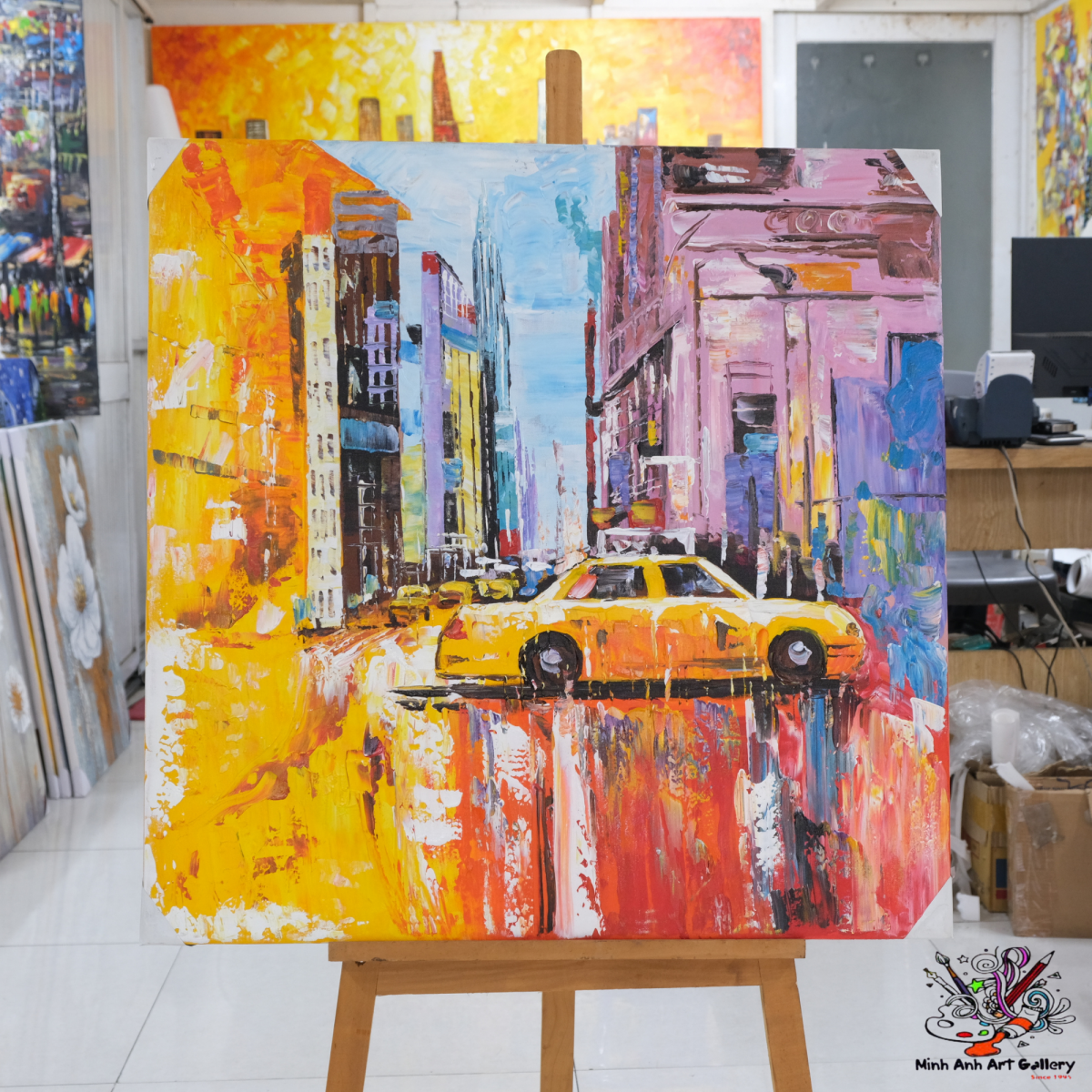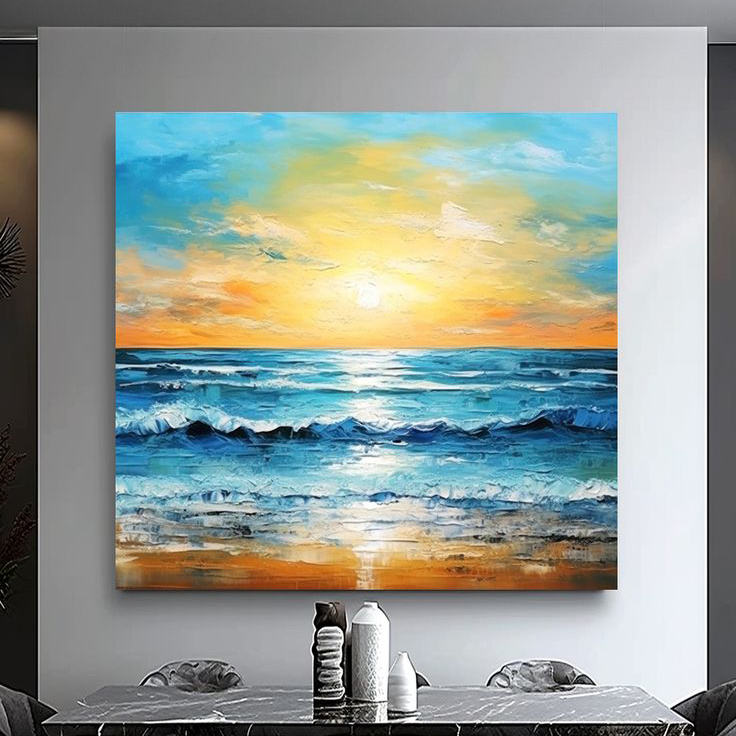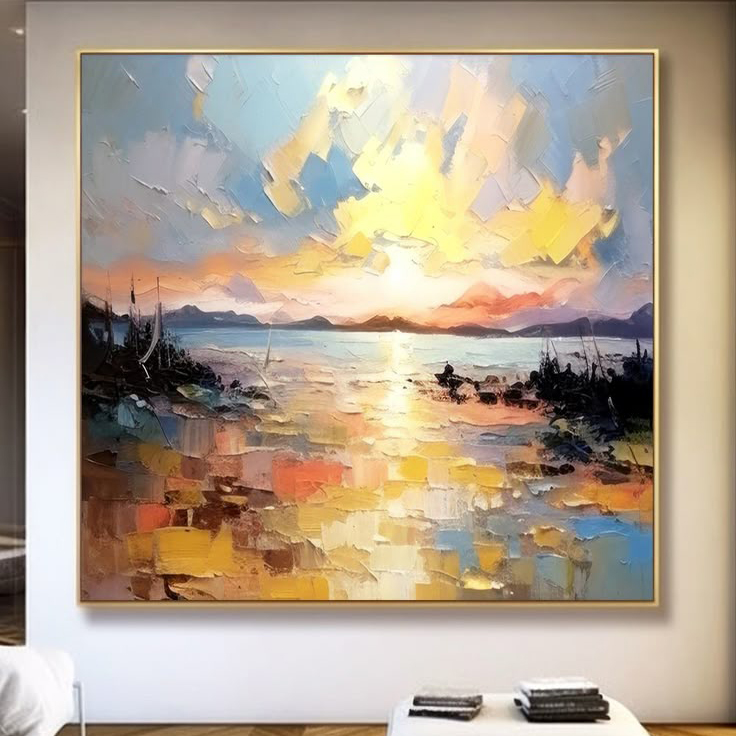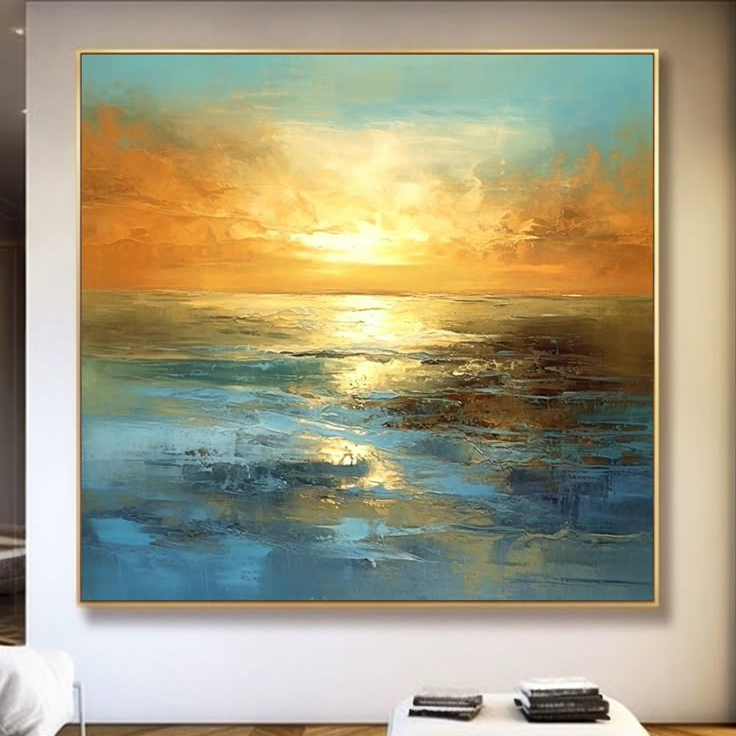Let’s face it—artists don’t just want to hang their paintings on any blank wall. They want their work to be seen, appreciated, and most importantly, understood. That’s where private art galleries come into play. These intimate, often luxurious spaces offer artists a golden opportunity to connect with collectors, critics, and connoisseurs on a deeper level. But what really makes them so irresistible to creatives?

Let’s peel back the canvas and explore why artists are increasingly drawn to private art galleries, and what that means for the wider art collection gallery ecosystem.
At their core, private art galleries are independently owned exhibition spaces that showcase works from select artists. Unlike public institutions, these galleries often operate with greater flexibility, curating niche or avant-garde themes that might not fit into mainstream venues.
Think of public galleries as giant libraries—vast, institutional, and sometimes bureaucratic. On the other hand, private art galleries are like cozy bookshops where every title has been handpicked with love. The difference lies in personal touch, speed of curation, and direct relationships with both artists and collectors.
Artists often describe working with private galleries as a tailor-made experience. These spaces usually host curated art collections, ensuring the artist’s work is part of a larger story—not just a standalone piece. It’s about creating harmony, not just hanging art.
No red tape. No government committees. No rigid guidelines. With private art galleries, artists enjoy full creative reign. Want to build a mixed-media installation that plays music when touched? Go ahead. These galleries thrive on innovation.
While some public institutions might try to fit artists into pre-set molds, private galleries ask, “What do you want to say?” This allows artists to lean fully into their voice—whether they’re contributing to a modern art collection or challenging societal norms through their brush.
Here’s the real deal: in private settings, artists often get to meet the people buying their work. That kind of one-on-one connection builds trust, leads to commissions, and cements long-term patronage. It’s more than a sale—it’s a relationship.
Public galleries often take a higher commission, while private galleries tend to be more negotiable and transparent. That means artists take home a bigger slice of the pie—a pretty sweet deal, right?
With lower artist-to-space ratios, artworks get the attention they deserve. Lighting, layout, ambiance—every detail is carefully designed. It’s not just an exhibit; it’s an experience.
Whether it's a contemporary art gallery or a fine art collection showcase, private galleries tailor their events to attract specific audiences. That means the right eyes—and wallets—are on your work.

Many renowned artists began by exhibiting in private spaces. These galleries often have their finger on the pulse of the industry and help artists reach larger platforms—sometimes even making it into famous art collections.
Once your work is recognized by a prominent collector, it could be added to a collection that’s respected worldwide. One showing can shift an artist's trajectory forever.
Most private galleries today maintain an art collection online, showcasing artists to a global audience. It's like having your personal gallery open 24/7—no matter where you are.
Artists featured in top-tier private galleries are often invited to participate in art gallery collection tour programs—exclusive, curated events that attract international collectors and critics.

Many emerging Vietnamese painters exhibited first at local private galleries like Minh Anh Art Gallery, catching the attention of international buyers who later included them in larger art gallery exhibitions.
Think Warhol. Think Basquiat. These icons didn’t start in massive museums—they made their names in edgy, intimate private exhibitions that shaped the modern art collection world.
Collectors crave exclusivity. And private galleries deliver—offering first dibs on unreleased works and previews of upcoming curated art collections.
Private galleries focus on fewer artists, which means more attention to detail. To a collector, that means better provenance, and a more refined art collection gallery to show off.
The buying process in private galleries is more personal, more transparent, and often comes with expert advice on growing a fine art collection—especially appealing to new investors.

In a world where artists are often drowned out by algorithms and trends, private art galleries offer something refreshingly human—a connection. It’s a space where creativity is nurtured, vision is respected, and artists are treated not as products but as storytellers. Whether you’re building a collection, browsing a contemporary art gallery, or investing in an art collection online, the private gallery scene is where the heart of art truly beats.
1. Why do private galleries offer more freedom to artists?
Because they're independently run, private galleries don't adhere to rigid public guidelines. That means artists can be more experimental and honest in their work.
2. Are private galleries only for established artists?
Not at all! Many rising talents start here and build their reputation before moving on to bigger platforms.
3. How do collectors benefit from private galleries?
Collectors get early access to limited pieces, personalized service, and guidance on building their fine art collection.
4. Do private galleries offer online exhibitions?
Yes! Many now maintain an art collection online, making it easier than ever for collectors and fans to explore new work.
5. Can art shown in private galleries make it into famous collections?
Absolutely. Some of the world’s most famous art collections include pieces first exhibited in private galleries.
This article is proudly brought to you by Minh Anh Art Gallery – your destination for timeless beauty and meaningful art collection.
Visit us at: 101 Bui Vien St, District 1, Ho Chi Minh City, Viet Nam
(+84) 962 720 484 | minhanhart.vn@gmail.com
https://minhanhart.vn/